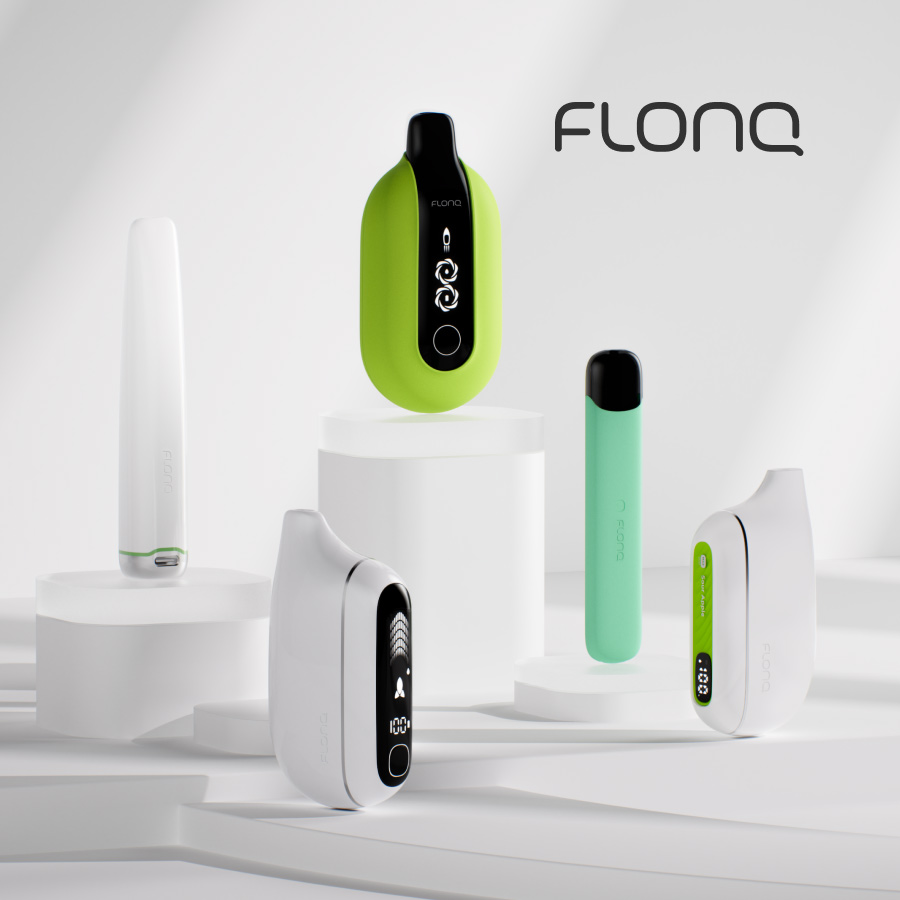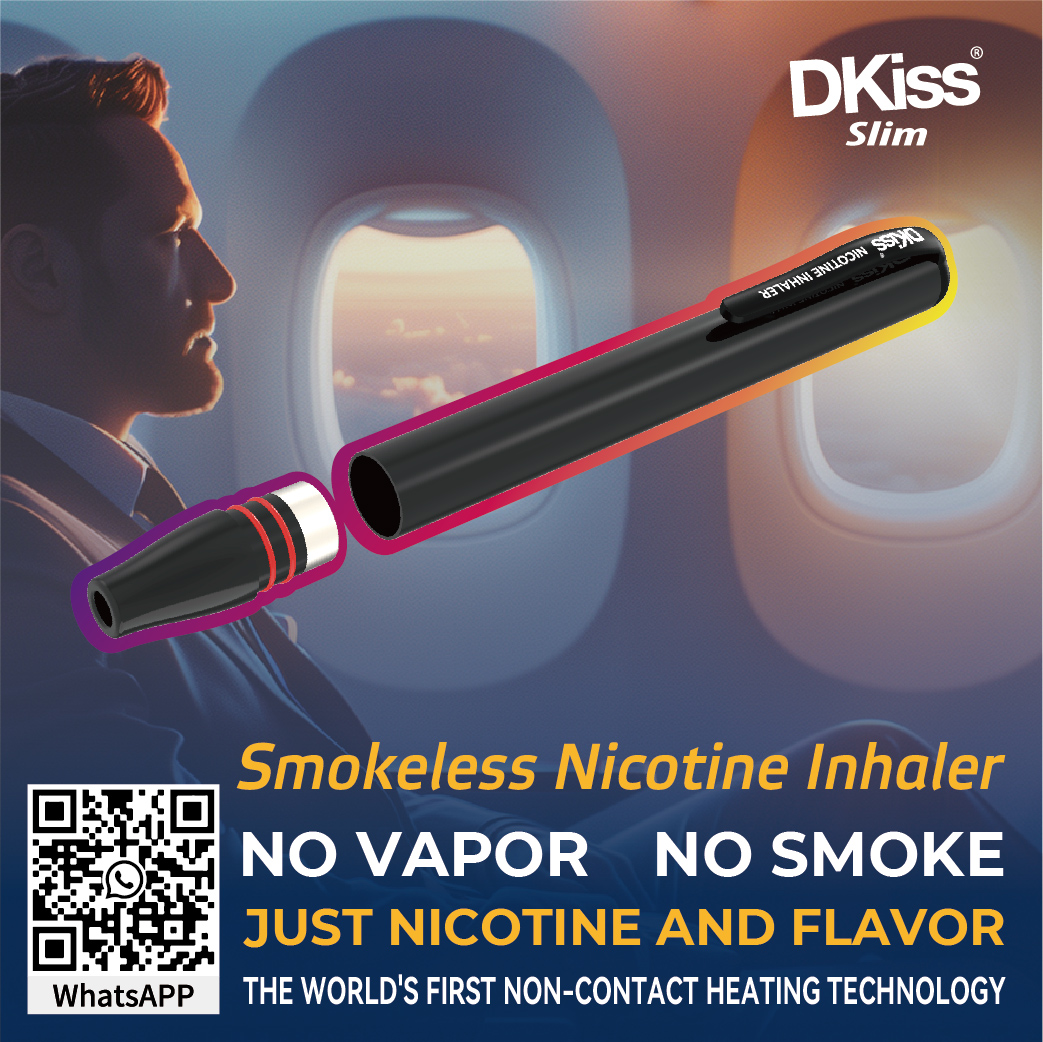Study: HnB products come with risk, still less risky than cigarettes

Photo Credits: Timothy S. Donahue
Even though the chemical emissions from heat-not-burn devices are lower than those produced by cigarettes, they are still high enough to raise concern, according to new research from the Department of Energy’s Lawrence Berkeley Lab.
“These products are engineered so that it looks like hardly anything comes out of them; but just because the emissions are minimal doesn’t mean they don’t exist,” said first author Lucia Cancelada, a former affiliate researcher in Berkeley Lab’s Indoor Environment Group.
The Berkeley Lab team examined mainstream and sidestream emissions of “a product authorized for sale in the U.S. by the Food and Drug Administration in April 2019.”
Overall, their experiments demonstrated that the emissions are on par with those of electronic cigarettes.
“When we modeled indoor concentrations of acrolein that could be found in a home with regular heat-not-burn use and in spaces with multiple users, such as bars, we found that in certain conditions levels could exceed what the state of California considers to be a safe level for chronic exposure,” said co-author and chemist Lara Gundel.
Additionally, when predicting the intake of irritants and carcinogens by the user, the team found that consuming 20 heat sticks a day—equivalent to a pack a day of conventional cigarettes—would deliver doses of acrolein, benzene, acetaldehyde, and formaldehyde comparable to or higher than health-based exposure limits set by the state of California.
The authors conclude that while heated tobacco products appear to be a weaker indoor pollution source than conventional cigarettes, the impacts cannot be brushed aside and need to be investigated further.
The study was funded by the University of California’s Tobacco-Related Disease Research Program, which is supported by California state cigarette taxes.

